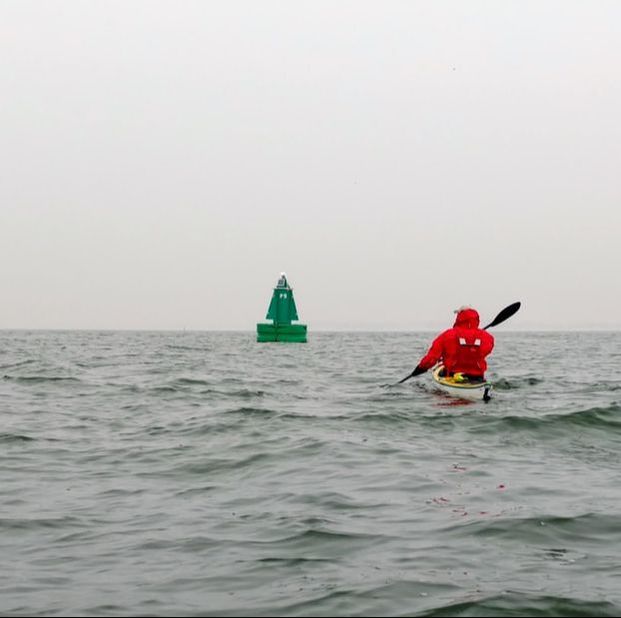 Tom on the North Sea (March 2018, Read about this trip here!) | 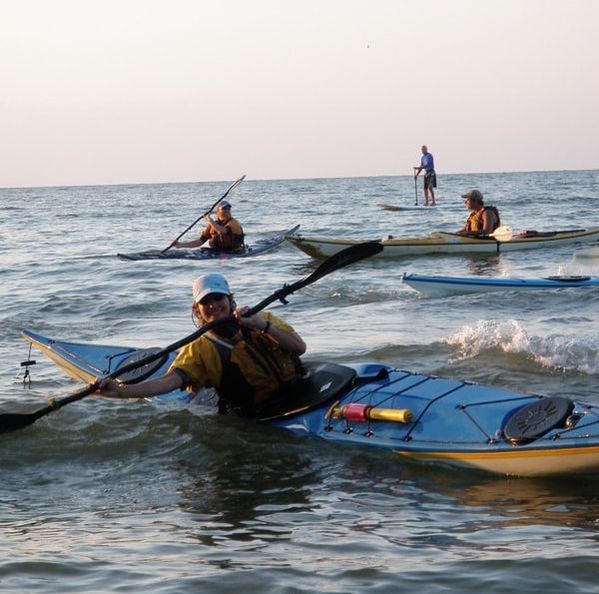 Sue on Lake Ontario practicing a high brace (Aug 2010, Read more here!) |
This summer I've regained an interest in teaching kayaking and more formally practicing/refreshing my paddling skills (i.e. not just joining trips, but really focusing on improving my technique). Teaching the recent introductory class helped with this, as it reminded me that I enjoy practicing technique (with a fun group of friends) almost as much as going on trips.
This led me to wonder what types of paddling certifications are relevant in the Netherlands. Paddling skill and instructor certifications in the US and UK are managed by the American Canoe Association (ACA) and the British Canoe Union (BCU) - now known as British Canoeing, respectively. These pages provide descriptions of what is required for each level of sea kayaking (instructor) certifications:
- ACA Levels (scroll down to Assessments)
- BCU Star Awards (though this page seems to be missing the 4- and 5-start awards)
That brings me to the main topic of this post! I recently discovered that the Netherlands has its own certification process, both for paddling technique/skills and for instructors. Below are the various skill levels, in ascending order. For this post I'll just focus on the skill levels, rather than instructor levels, as those add another level of complexity...
- KVA - Kajakvaardigheid A (Kayak skills A)
- KVT - Kajak Veiligheidstest (Kayak safety test)
- ZV - Zeevaardigheid (Sea kayak skills)
- ZVE - Zeevaardigheid extra (Sea kayak skills - extra)
- Tochtleider (Trip leader)
Note: these levels tend to change over time, so please refer to the Nederlandse Zeekajak Vaarders, i.e. Dutch Sea Kayakers website or the Watersportverbond website for the latest.
In the following sections I provide a brief summary of the skills required for each level in the sea kayak trajectory. Each level assumes the skills from the previous level. Again, these are prone to changing, so if you're interested in taking a course or getting certified, make sure to check out the Nederlandse Zeekajak Vaarders, i.e. Dutch Sea Kayakers website or the Watersportverbond website for the latest certification requirements (and also a lot more details than what I show below). Also, since I'm translating from Dutch, there's always a chance that something is lost in translation!
KVA - Kajakvaardigheid A (Kayak skills A)
Skills:
- lifting, carrying, and launching
- getting in and out of the boat
- paddling forwards and backwards
- effectively stopping the boat when moving forwards or backwards
- forward and backward sweep strokes, on both sides
- low brace, while stopped or moving
- edging when stopped
- moving sideways using two different draw strokes
- stern rudder
- cleaning and putting away paddling gear
- capsizing with a sprayskirt and exiting the kayak
- perform a self and assisted rescue
- be able to assess your own skill level and have group awareness
Theory:
- types of kayaks and paddles
- purpose of boat floatation, rudder, skeg, seat, footpegs
- purpose of a sprayskirt
- how to properly wear a PFD
- how to dress for conditions (in and out of water)
- how to prevent capsizing, and what to do when you capsize
- how to prevent hypothermia
- power appropriate for paddling conditions (not sure what this is referring to...)
- difference between a swim-vest and PFD (not sure about this one - maybe a translation issue)
- actions requires to clean/dry/store gear
- know about kayaking organisations and training opportunities
- know basic navigational rules
KVT - Kajak Veiligheidstest (Kayak safety test)
Required Equipment:
- kayak with sufficient floatation
- spray skirt
- PFD with whistle
- paddle
- paddling clothes appropriate for immersion
- spare clothing in a drybag, and appropriate clothing for breaks
- lunch (if a day trip)
- emergency food
- hot drink
- non-alcoholic beverages (i.e. water!)
- towbelt
- "reddingszak" - I wasn't able to figure out what this was, but it appears to be some sort of standard orange bag that can be used as an emergency blanket or for signaling? Any Dutch speakers care to confirm?
- simple repair kit (e.g. duct tape, rope, needle and thread, multitool etc)
- simple first aid kit
Skills:
- how to put someone in a stable recovery position on shore
- what to do if someone vomits
- prevention and treatment of hypothermia and overheating
- how to bring a swimmer to shore with a line or other object
- be able to swim in your paddling clothes with a PFD
- rescue a third paddler together with another paddler with similar paddling experience
- do an assisted rescue on your own
- rescue and be rescued via eskimo rescue (using the bow of the boat or a parallel boat
- self-rescue
- all-in rescue (when all paddlers are in the water)
- move another paddler (in their boat) by holding their boat or using a short (1m) tow
- tow a paddler 100m
- transport a panicked swimmer 100m
- get out of the boat in such a way that it stays upright, and swim 50m with the kayak.
Theory:
- Be able to assess whether someone is breathing/conscious, and be familiar with assistance that can be provided by a first aid worker.
- Basic first aid skills, how to treat shock
- How to call for help
- Be able to adequately describe an emergency situation and actions to be taken
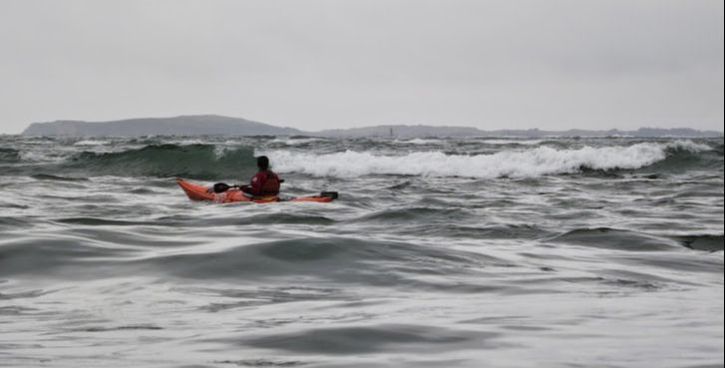
ZV - Zeevaardigheid (Sea kayak skills)
Equipment: (additional to previous levels)
- deck compass
- short tow
- emergency signal (for nearby and far away)
- helmet (in the surf zone)
Skills:
- ability to paddle in wind (4 bft), currents (2 knots), and waves (1m)
- perform skills from KVA in sea conditions
- add edging to increase effect of existing techniques
- be able to paddle alongside another kayak
- high brace (both sides)
- dynamic low brace in breaking waves (both sides)
- launching and landing from a beach
- rolling in sheltered areas
- rescues (as rescuer and rescuee)
- towing
- working together in an emergency
- be able to paddle independently in a group, in wind/waves/currents
- use a chart/compass to find position
- identify current direction and estimate speed
- understand how tides work, and identify which areas will fall dry at low tides from a chart
- be aware of hazards
Theory:
- be able to interpret weather forecasts and impact on paddling conditions
- understand currents/waves/tides/surfzone
- navigation and trip planning
- navigation rules
- group safety
- first aid
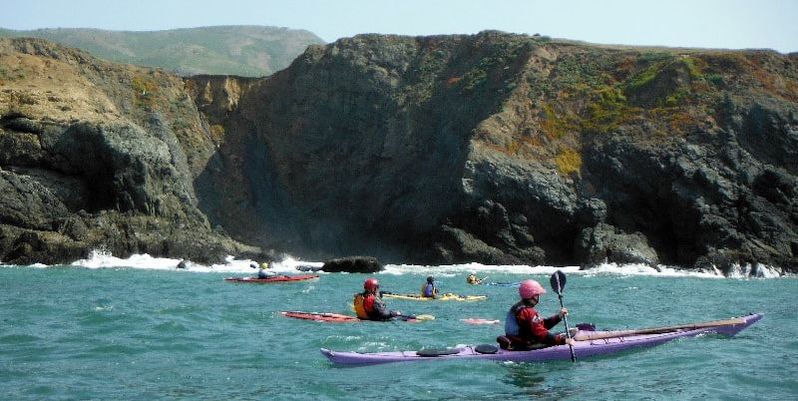
ZVE - Zeevaardigheid extra (Sea kayak skills - extra)
Equipment: (additional to ZK)
- watch
- chart
- handheld compass
- tide information
- camping and cooking equipment
- emergency blanket
- extra paddle
- bilge pump (I'm surprised this only shows up this far down the list!)
- lights
- radio (recommended)
- GPS (recommended)
Skills:
- All previous skills, in rougher conditions
- Surfing
- Paddling in the surf zone
- Sculling brace (one side) in rough conditions
- Roll in rough conditions
- (Self-)Rescues in rough conditions
- Towing
- Take initiative in emergency situations
- Can effectively communicate, take into account abilities of group members, trip plan.
- Navigate during a trip
- Modify plan on-the-fly when conditions require it
Theory:
- Be familiar with coastguard and rescue services
- Shared leadership
- Use of GPS and radio (recommended)
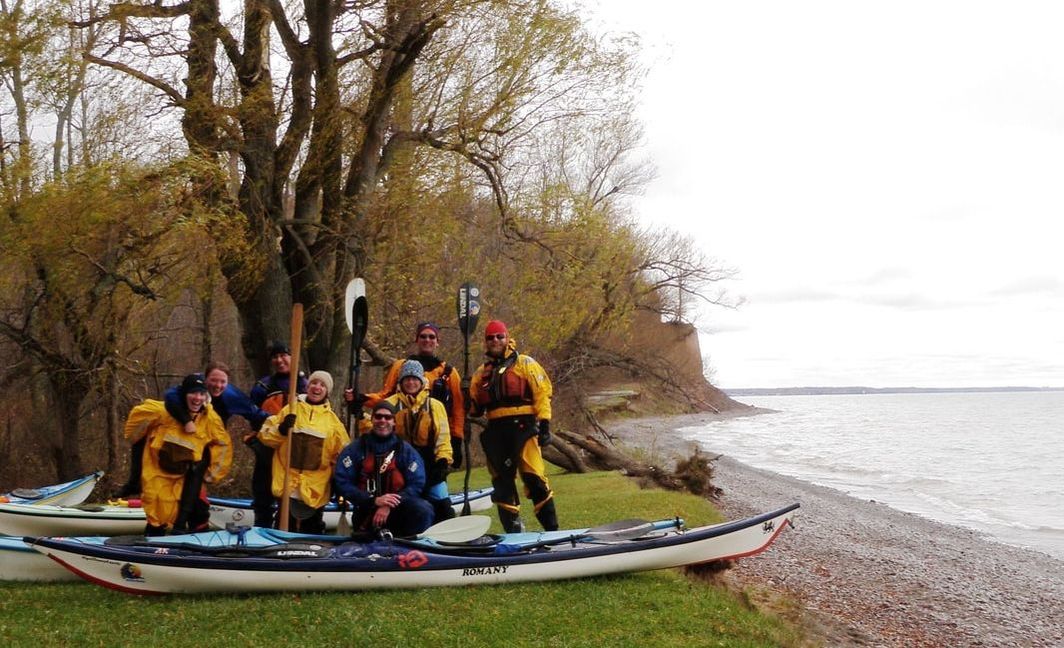
Tochtleider (Trip Leader)
Equipment: (in addition to ZKE)
- Radio
Skills:
- Planning and preparing for a trip
- Advertising the trip (e.g. via your club)
- Assessing potential participant ability
- Take into account medical needs of participants
- Lead briefing at start of trip
- Notify relevant agencies in the region about your trip
- Guide the trip within the abilities of the participants
- Organizing launching and landing in surf
- Be able to manage paddlers with different levels of experience in one group
- Be sociable e.g. during breaks
- Set a good example in terms of following navigation rules and environmental setting
- Debriefing with participants after a trip
- Reporting trip within your club or other organisation
Theory:
- Same as ZVE
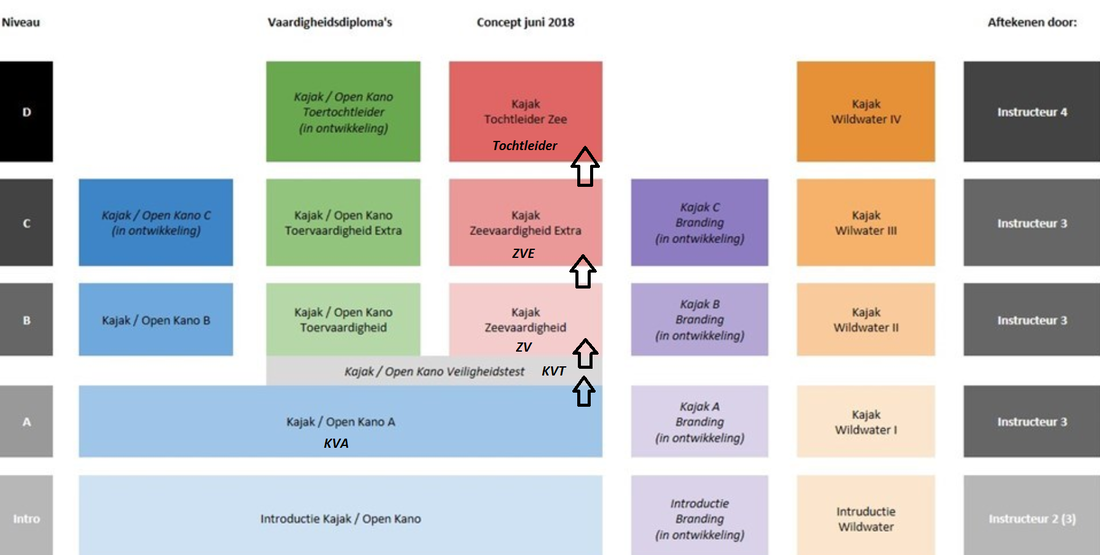
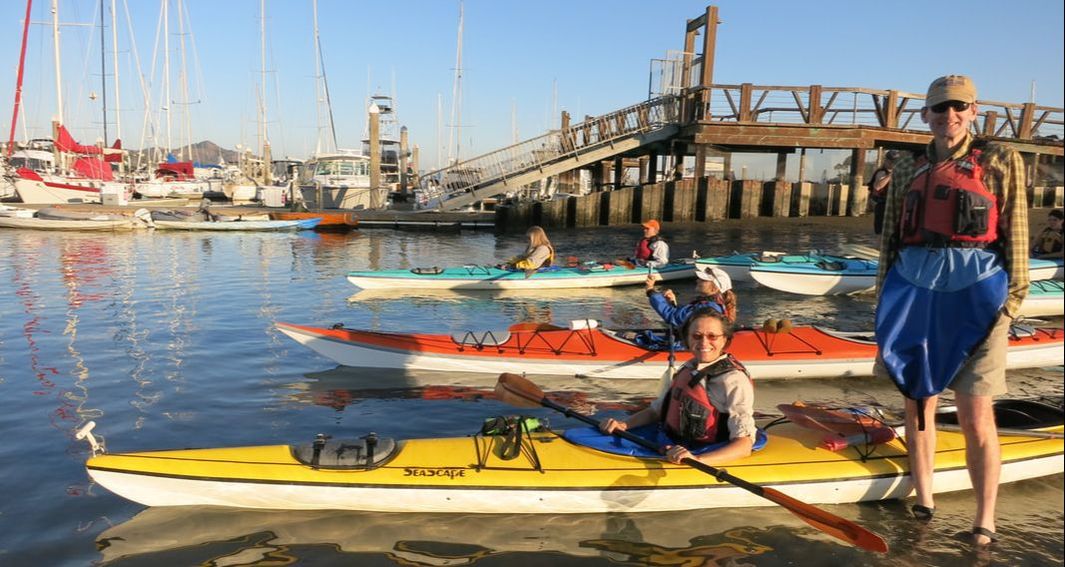
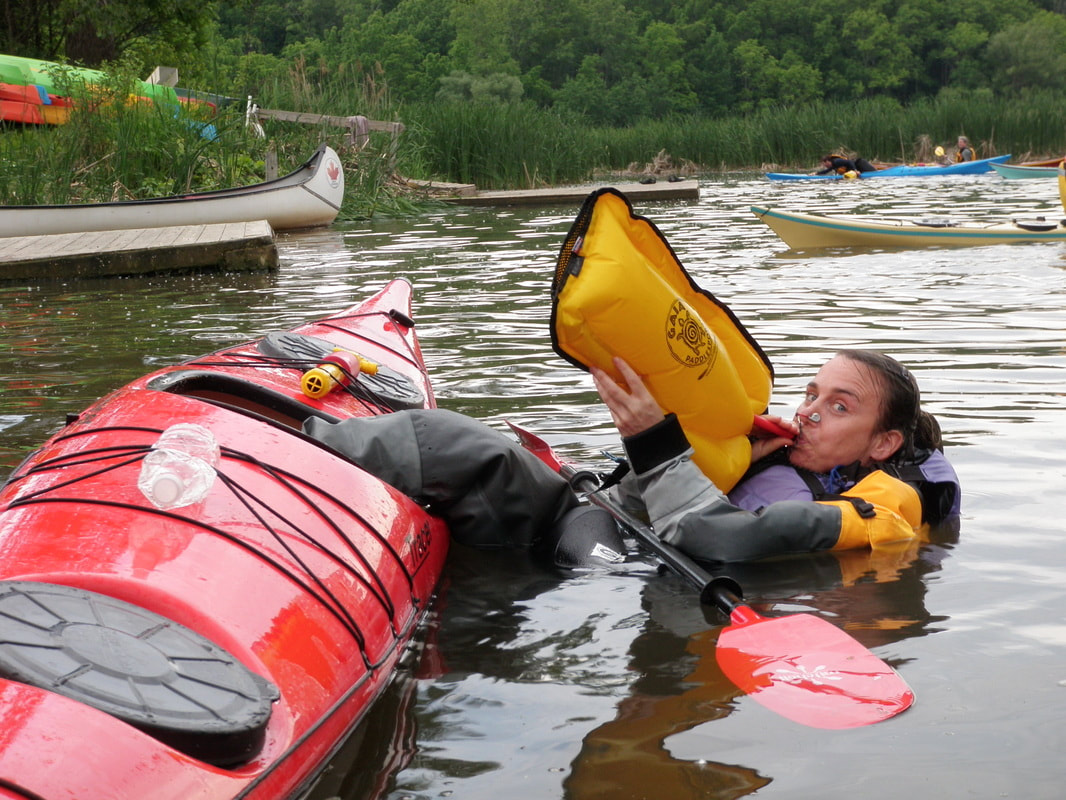
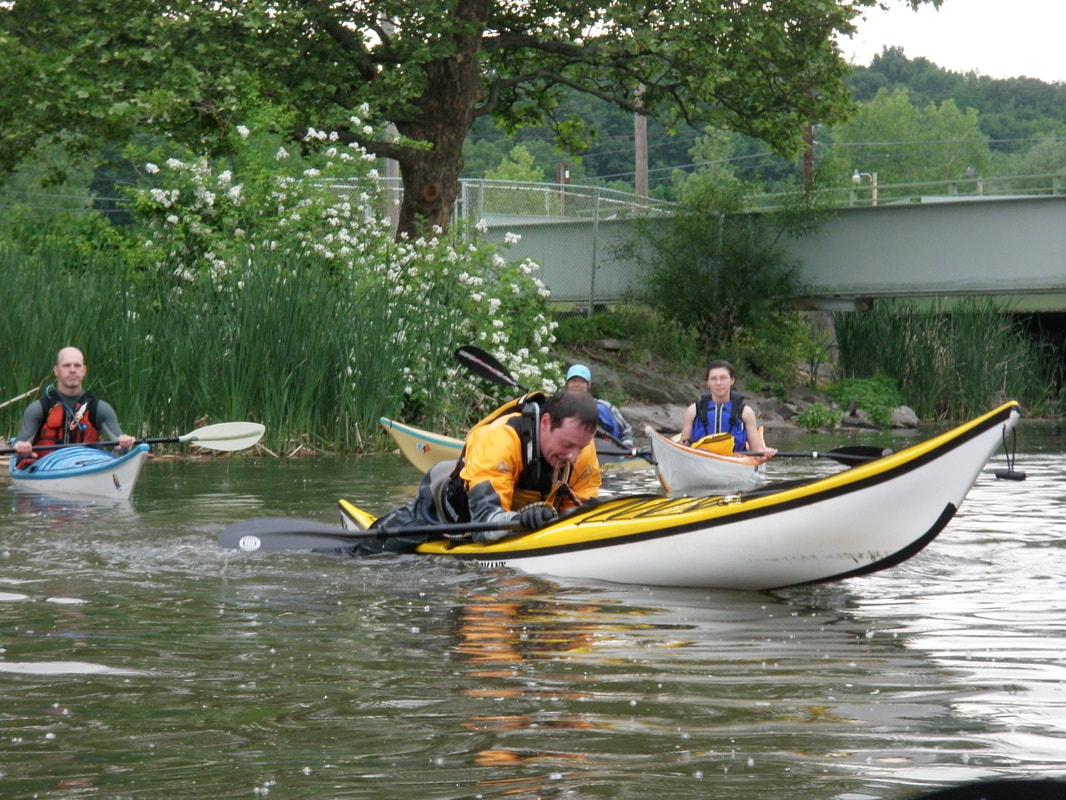
 RSS Feed
RSS Feed

